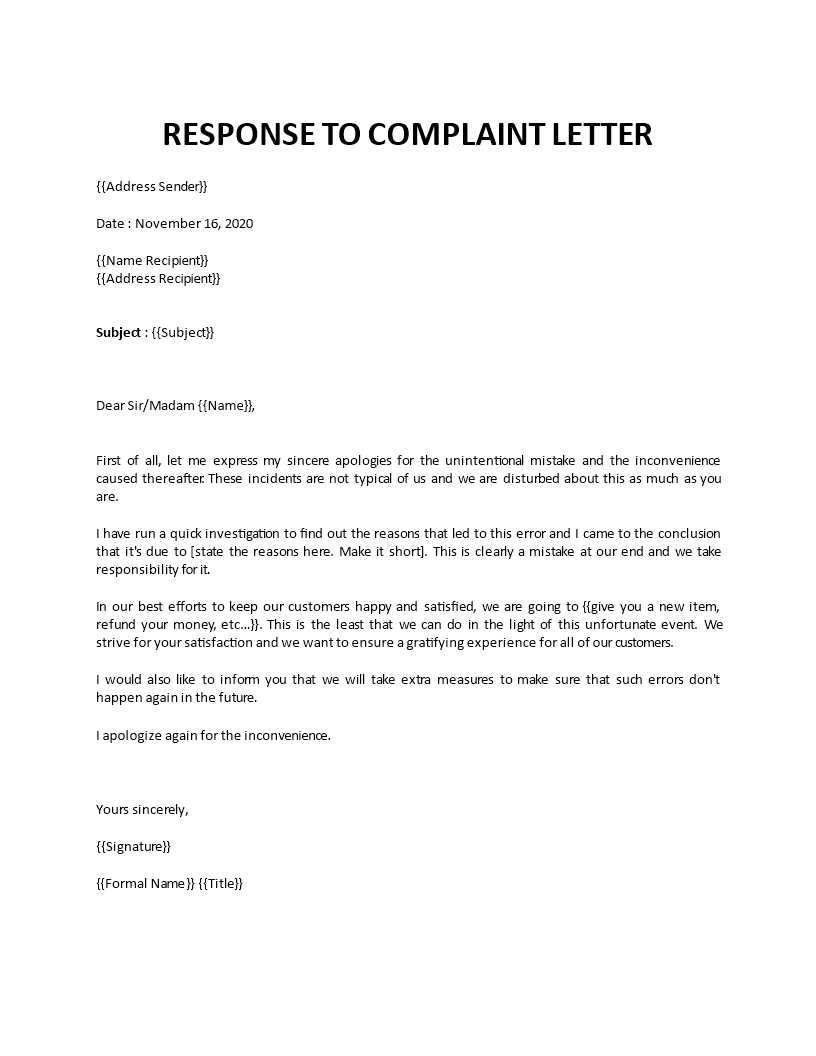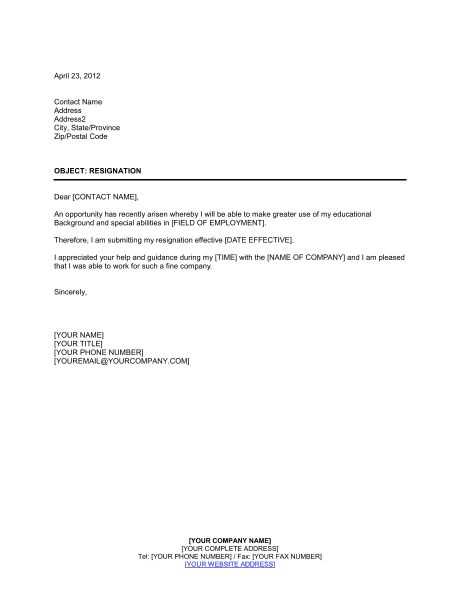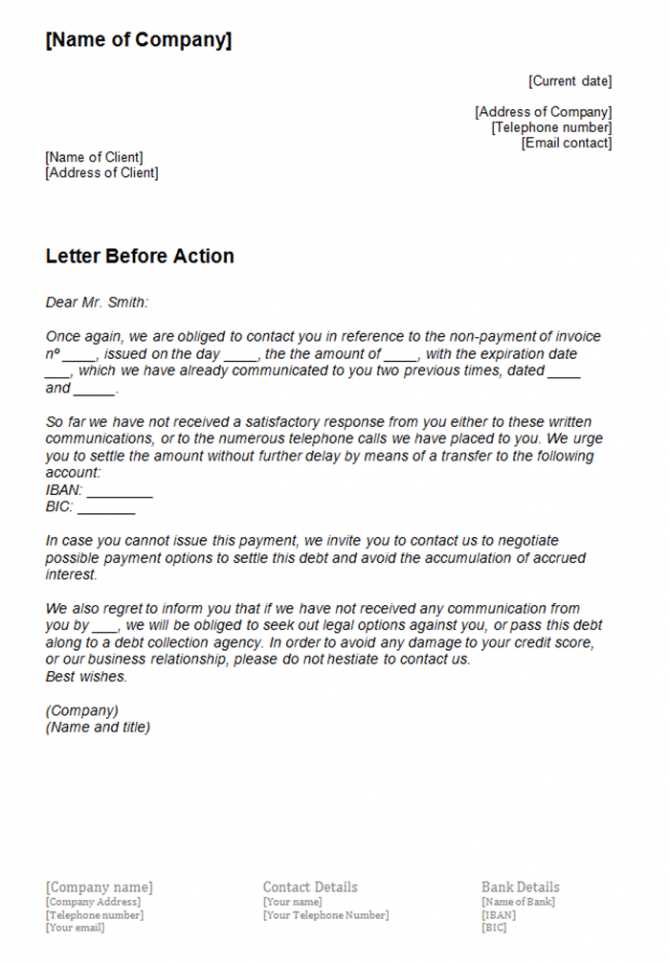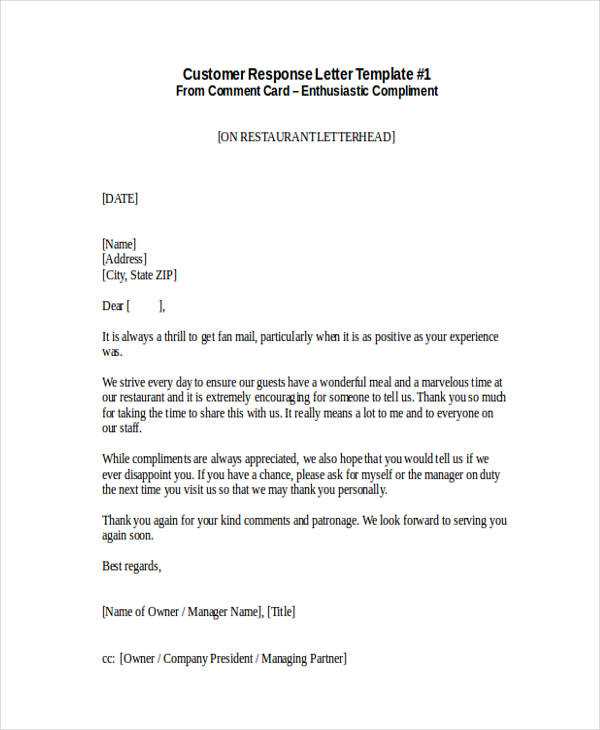Response to Letter Before Claim Template and Guide

When faced with a formal communication requesting action, it is crucial to address it appropriately and promptly. Failure to do so could result in escalating legal consequences or misunderstandings. Knowing how to respond effectively is essential for protecting your rights and interests. Crafting a well-structured and legally sound reply helps in resolving disputes and avoiding unnecessary complications.
In this article, we’ll guide you through the necessary steps and provide a structured format for your reply. We will cover the key elements to include, potential pitfalls to watch for, and important legal considerations. Whether you’re handling a business dispute or personal matter, understanding the best way to react can make all the difference in achieving a favorable outcome.
What is a Letter Before Claim?
A formal written notice serves as an initial step in resolving disputes, alerting the recipient to potential legal action unless the matter is settled. It typically outlines the nature of the issue and the desired resolution, providing a final opportunity to address the problem before proceedings escalate to court. Such documents aim to prompt swift communication and negotiation, potentially avoiding lengthy and costly litigation.
Purpose of the Communication
The primary purpose of this written notice is to inform the recipient of a dispute and to request a specific action or remedy. It acts as a formal warning, giving the recipient a chance to resolve the issue amicably. Often, this type of communication is used to clarify misunderstandings or to negotiate a settlement without involving the courts.
Typical Contents

These formal notices usually include a brief summary of the situation, details about the issue at hand, and a proposed resolution. It may also highlight any legal rights or obligations, setting a deadline for the recipient to respond or take action. By addressing the matter early, the sender hopes to encourage prompt resolution without resorting to more formal legal proceedings.
Understanding the Importance of a Response
Responding to formal communications regarding disputes is critical for several reasons. A timely and well-considered reply can help avoid further complications, protect your interests, and even prevent the escalation of a conflict into a legal battle. Ignoring such communications can be seen as neglect or failure to engage, potentially leading to negative consequences.
Here are some reasons why crafting an appropriate reply is essential:
- Legal Protection: A proper reply ensures that your rights are safeguarded and that you are not seen as ignoring your obligations.
- Conflict Resolution: By addressing the issue early on, you have a chance to resolve it amicably, saving both time and money.
- Clear Communication: Responding allows you to clarify misunderstandings or correct inaccuracies, establishing a clear record of your position.
- Prevent Escalation: Taking prompt action may prevent the situation from advancing to more formal legal steps, which can be costly and time-consuming.
Responding thoughtfully can create an opportunity to negotiate a solution, build trust, and show your willingness to resolve matters constructively. On the other hand, neglecting to engage appropriately can lead to an assumption of guilt or unwillingness to cooperate, which may affect the final outcome.
Key Elements of a Response Template
When crafting a formal reply to a legal communication, it is essential to include specific elements that not only address the matter at hand but also protect your position. A well-structured response ensures clarity and demonstrates your commitment to resolving the issue fairly and efficiently. There are several key components that should be included to ensure your reply is complete and effective.
First, your response should begin with a clear acknowledgment of the original communication. This ensures the sender knows you have received and reviewed the details of their claims. Next, you should provide a concise and factual summary of your understanding of the situation. Avoid emotional language or assumptions–stick to the facts as you know them.
Additionally, it is important to address each point raised in the original message. Provide clear and direct answers, whether agreeing, denying, or seeking clarification. If applicable, refer to any supporting documents or evidence that strengthen your position. Finally, conclude with a call to action or a statement outlining your next steps. This could include proposing a meeting, suggesting a resolution, or requesting additional information if needed.
By incorporating these key elements into your reply, you can ensure that your response is both professional and legally sound, setting the stage for a more favorable outcome in resolving the dispute.
How to Tailor Your Response Effectively
Customizing your reply to a formal notice is crucial in ensuring that your communication addresses the specifics of the situation. A generic or overly broad answer can lead to misunderstandings and potentially undermine your position. By tailoring your message to the particular circumstances and details of the dispute, you demonstrate a thoughtful approach and a genuine intent to resolve the issue.
Understand the Key Issues
Before crafting your reply, take the time to thoroughly understand the issues raised. Carefully review the original communication and identify the key points, claims, or requests made by the sender. Ensure you fully grasp the nature of the dispute and any underlying facts. This understanding will help you provide a focused, relevant response that directly addresses each concern raised.
Adapt Your Tone and Language

The tone of your reply plays a significant role in the effectiveness of your communication. While you should remain professional and respectful, it’s important to adjust the language to suit the context. If the situation is informal, a more conciliatory tone may be appropriate. However, for more serious disputes, you might need to adopt a firmer, more formal approach. By aligning your language with the severity of the matter, you ensure that your message is received in the intended manner.
Common Mistakes to Avoid in Responses
When addressing a formal request or legal notice, making certain mistakes can have significant consequences. Whether due to oversight, haste, or misunderstanding, these errors can undermine your position and even escalate the situation. Avoiding common pitfalls ensures that your reply is clear, professional, and legally sound.
One of the most common mistakes is failing to acknowledge receipt of the initial communication. Neglecting to confirm that you’ve received the notice can create confusion and may suggest that you’re not taking the matter seriously. Additionally, disregarding the key points and not addressing each of them individually is another error that weakens your response. By overlooking important details or failing to engage with the claims directly, you risk leaving room for misinterpretation.
Another common mistake is using an overly emotional or defensive tone. While it’s important to defend your position, responding in an aggressive or hostile manner can escalate tensions and harm your credibility. Lastly, procrastination can be detrimental. Delaying your reply or missing deadlines not only weakens your standing but can also signal a lack of willingness to cooperate, which may affect any future negotiations or legal proceedings.
Legal Considerations When Responding
When addressing a formal legal communication, it is crucial to keep in mind several legal aspects to ensure your reply is both effective and compliant with applicable laws. Understanding these considerations not only helps protect your rights but also prevents any unintentional mistakes that could impact the outcome of a dispute. It’s essential to carefully review the content of your response and ensure it adheres to legal standards.
Compliance with Legal Deadlines

One of the most critical factors to consider when replying is ensuring you meet any legal deadlines specified in the original communication. Missing deadlines can result in adverse consequences, such as a default judgment or the loss of your right to contest the matter. Be sure to check the date by which a response is required and allow enough time to prepare a thorough reply.
Accurate Representation of Facts
Another important legal consideration is ensuring that the facts you provide in your reply are accurate and truthful. Misrepresentation, even unintentionally, can lead to legal complications or damage to your credibility. Always double-check any details you include and provide supporting documentation if available.
| Key Legal Consideration | Action to Take |
|---|---|
| Deadline Compliance | Ensure you respond within the specified time frame |
| Truthful Representation | Double-check facts and include relevant documents |
| Language and Tone | Maintain a professional and neutral tone throughout |
By carefully addressing these key legal considerations, you can improve your chances of resolving the issue favorably and avoid complicating the situation further. It’s always advisable to consult with legal counsel if you’re uncertain about any aspects of your reply.